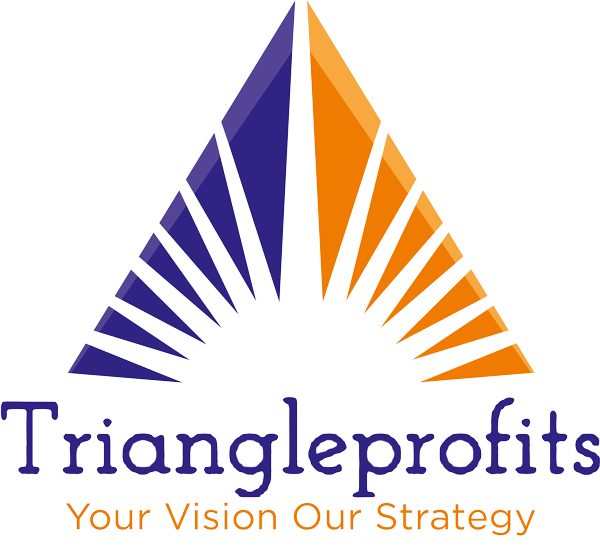Understanding Trading Platforms – Key Features and Tools
A trading platform is a software application that allows traders to access financial markets and execute trades. Trading platforms are offered by various entities such as brokerage firms, direct market access providers, and even peer-to-peer networks. Here are some key features and tools of trading platforms:
User-Friendly Interface
A trading platform should have a user-friendly interface that is easy to navigate. The interface should be intuitive and provide traders with all the necessary information they need to make informed trading decisions.
Analytical Tools
A trading platform should provide traders with a range of analytical tools to help them make informed trading decisions. These tools can include real-time quotes, interactive charts, and a range of charting tools.
Access to Various Markets
A trading platform should provide traders with access to various markets, including stocks, bonds, commodities, and currencies. This allows traders to diversify their portfolios and take advantage of different market conditions.
Robust Security Measures
A trading platform should have robust security measures in place to protect traders’ personal and financial information. This can include two-factor authentication, encryption, and other security protocols.
Costs Associated with Trading Platforms
Costs associated with trading platforms can include trading commissions, platform fees, and other hidden charges. It’s important to evaluate platforms based on market accessibility, customer service, fees, and the availability of required tools.













